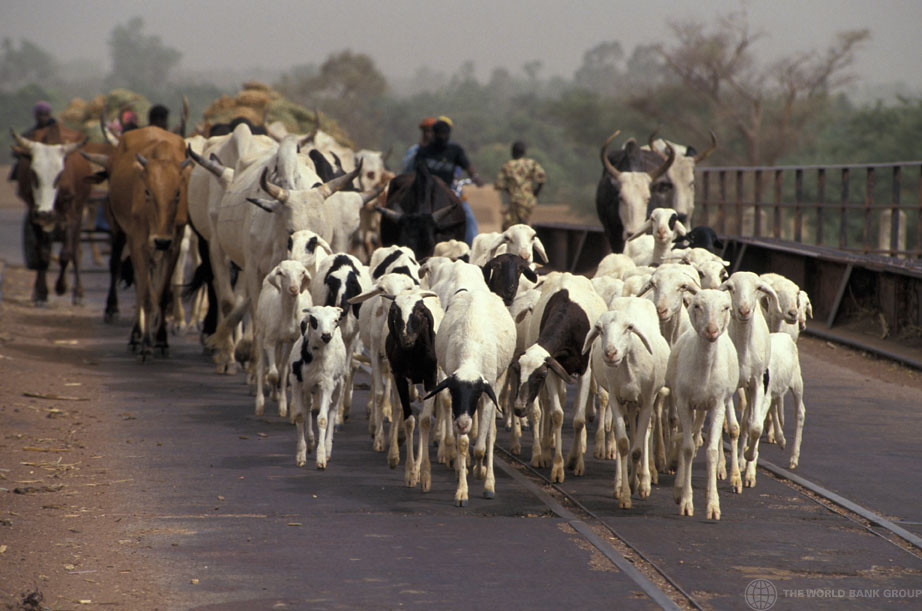Dossiers
Stemming the sand – the central Sahel’s battle for sustainability
SPARC Executive Director Mark Redwood explains how the programme is working to generate knowledge and solutions that can address Sahel’s climate risks and vulnerabilities.
Éditeur Cowater International

The Central Sahel region, encompassing Burkina Faso, Mali and Niger, is facing an unprecedented convergence of challenges. Climate change, ongoing conflict, desertification, and drought have combined to create a perfect storm, exacerbating the already fragile socio-economic conditions of the region. This blog post explores the interplay between these factors, their impact on the Central Sahel, and the urgent need for sustainable solutions.
Desertification, a process by which fertile land becomes arid, poses a significant threat to the Central Sahel. Overgrazing, deforestation, and unsustainable land use practices have contributed to the expansion of the Sahara Desert, encroaching on agricultural lands. As more arable land transforms into barren wastelands, rural communities are forced to migrate, leading to overcrowding in urban centers and increased social tensions. Meanwhile, droughts are becoming more frequent and severe in the Central Sahel, exacerbating food and water shortages. The combination of limited access to water resources and declining agricultural productivity further deepens the region’s vulnerability. Water scarcity not only affects human populations but also disrupts ecosystems, leading to the loss of biodiversity and threatening the livelihoods of those dependent on natural resources.
The data points to challenges and a broad decline in ecosystem health in the Sahel. In Niger, for example:
- Average temperatures have risen by about 1.5°C since the 1970s, and further increases are projected.
- Rainfall patterns have become increasingly erratic, with longer dry spells and more intense rainfall events.
- Over 80% of Niger’s population depends on rain-fed agriculture, desertification and increasing problems associated with climate change and conflict are decreasing agricultural productivity and increasing food insecurity.
- Approximately 87% of Niger’s land is affected by desertification and land degradation, posing a major challenge to sustainable livelihoods.
Read the full article here.